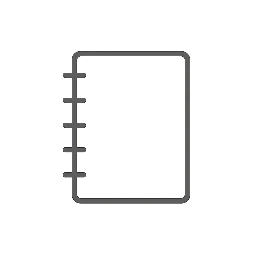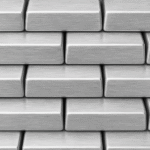The Type 11 is best known as Japan’s first indigenously designed light machine gun, developed in the early 1920s and used by the Imperial Japanese Army through World War II. It is distinguished by its unique hopper-style feed system, which allowed it to be loaded with standard rifle cartridges but also caused frequent reliability issues. This design borrowed heavily from the French Hotchkiss M1909 but introduced features tailored to Japanese military needs.
While the Type 11 marked a significant step in Japan’s arms development, its operational performance was hampered by jamming problems linked to its ammunition feed method. Despite these drawbacks, it remained in service until replaced by more reliable models in the late 1930s and early 1940s, influencing Japan’s approach to automatic weapons in that era.
Type 11 Overview
Type 11 refers to a distinct classification found in various contexts, each with unique traits and purposes. Its applications range from biological molecules to industrial equipment and organizational processes, reflecting its versatile nature.
Definition and Key Characteristics
Type 11 varies by field but generally indicates a specialized category with defining features. For example, in biology, Type 11 collagen is a minor fibrillar collagen composed of three polypeptide chains in equal parts. It is essential for the structural integrity of cartilaginous and non-cartilaginous tissues.
In contrast, Type 11 in personality or neurological frameworks designates a profile with distinct cognitive and behavioral traits, often highlighting complex decision-making patterns. This type blends attributes not commonly grouped in standard classifications.
Historical Background
The term Type 11 has origins tied to its specific area of use. In collagen research, it emerged as scientists identified unique protein chains that differ from common collagens. Similarly, Type 11 bankruptcy was codified in legal frameworks to allow businesses to reorganize debts while maintaining operations.
The Type 11 armored recovery vehicle, developed post-2010 in Japan, reflects modern military engineering principles designed to support advanced main battle tanks. Each use of Type 11 thus traces back to deliberate categorization based on emerging needs in medicine, law, or defense.
Applications Across Industries
Type 11’s applications span medicine, industry, and security. In healthcare, understanding Type 11 collagen aids in cartilage research and treating related conditions. Type 11 bankruptcy is key for corporations managing financial restructuring.
In defense, the Type 11 recovery vehicle provides logistical support for armored units, improving operational sustainability. Additionally, Type 11 clearance plays a role in information security by regulating sensitive access in government and military sectors.
| Context | Application | Key Function |
| Biology | Collagen Type 11 | Tissue structure and function |
| Legal / Finance | Type 11 Bankruptcy | Business debt reorganization |
| Military / Defense | Type 11 Armored Recovery Vehicle | Support for battle tanks |
| Security | Type 11 Clearance | Control of sensitive information |
These applications demonstrate Type 11’s role in solving specific technical, organizational, or security challenges.
Technical Specifications of Type 11
The Type 11’s design reflects careful attention to military manufacturing standards, material selection, and operational performance. It is important to understand how these elements interact and how the Type 11 compares to its contemporaries in effectiveness and reliability.
Design Standards
The Type 11 was designed to meet early 20th-century Japanese military standards for light machine guns. Its architecture incorporated features inspired by existing designs, including similarities to the Hotchkiss machine guns. These standards emphasized ease of manufacturing in Japan’s industrial environment of the 1920s and adaptability to infantry unit needs.
It employed a simple, reliable feed system using a hopper mechanism that allowed for flexible ammunition loads. The design also prioritized portability, enabling the operator to carry it in varied combat scenarios without excessive burden.
Material Composition
The construction of the Type 11 used primarily steel alloys suitable for durability and strength while keeping weight manageable. Components like the barrel and receiver were made from heat-treated steel to withstand sustained firing stresses.
Other parts integrated standard metal finishes for corrosion resistance. The stock and grips used durable wood, balancing toughness with soldier comfort. This material choice reflected Japan’s industrial capacity and resource availability during its development period.
Performance Metrics
The Type 11 operated with a rate of fire roughly between 450 to 500 rounds per minute. Its effective range was about 300 to 400 meters, suitable for infantry support roles. The weapon was chambered for the 6.5×50mm Arisaka cartridge, common in Japanese service.
The hopper-fed system provided a steady supply of ammunition but was prone to jamming under battlefield conditions. Despite this, its accuracy and manageable recoil made it effective for sustained fire during engagements.
Comparison With Other Types
Compared to later models like the Type 96, the Type 11 was simpler but less reliable. The Type 96 replaced the hopper feed with a box magazine, improving ammunition handling and reducing jams.
While the Type 11 saw use throughout World War II, it lagged in industrial refinement and battlefield performance. However, it remained in service due to production shortfalls and its initial role as Japan’s first indigenously designed light machine gun.









Leave a Reply